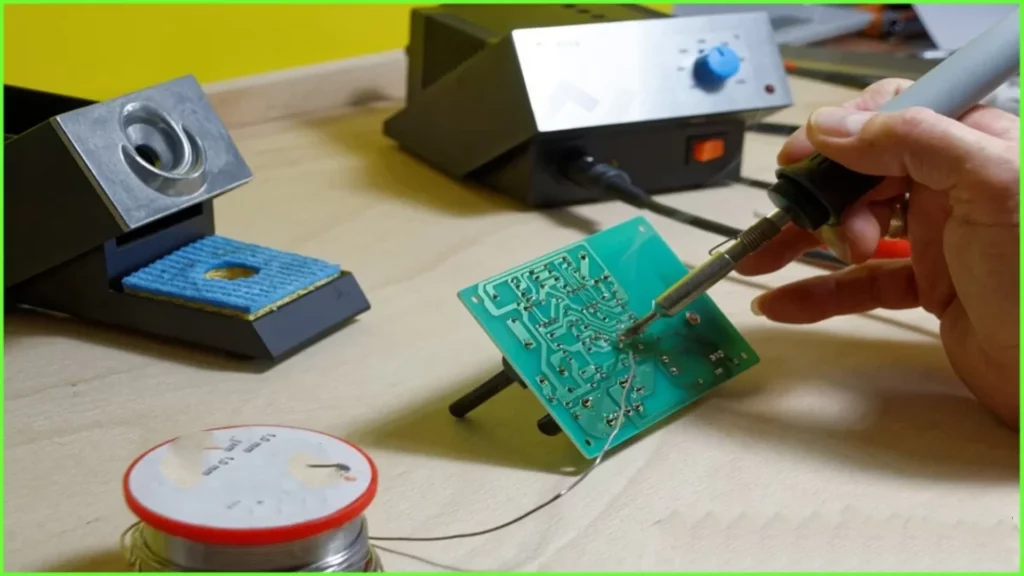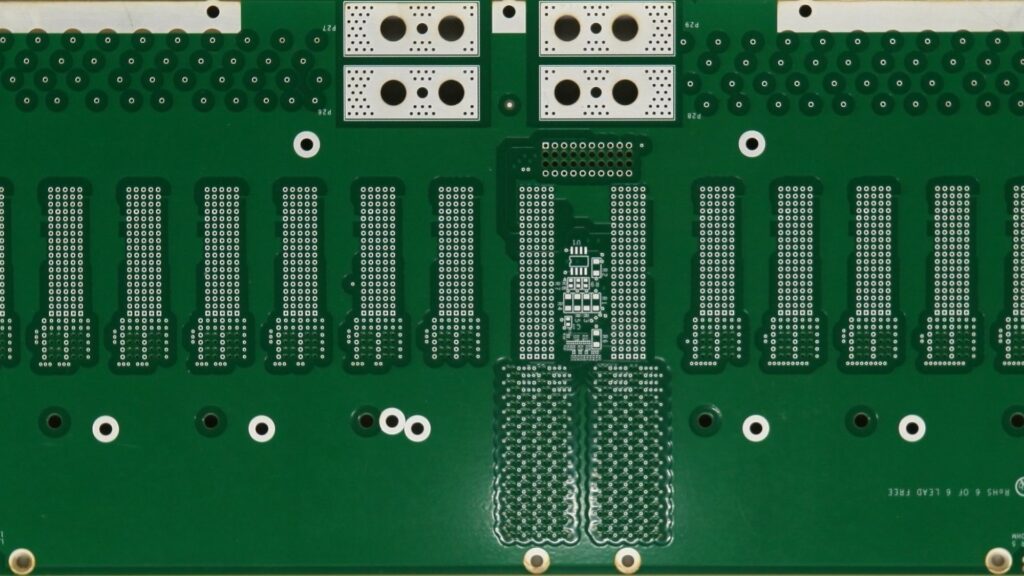Introduction
Water is an essential resource for sustaining life on our planet, and its conservation is of utmost importance. Unfortunately, water leaks are a common problem faced by households, industries, and municipalities alike. These leaks can lead to significant water wastage, structural damage, and even health hazards if left undetected. Traditional methods of leak detection often require physical access to pipes, which can be time-consuming, disruptive, and costly. Enter AquaPing, an open-source, battery-powered, stand-off acoustic water leak detection solution that promises to revolutionize the way we detect and mitigate water leaks.
What is AquaPing?
AquaPing is a cutting-edge technology that utilizes acoustic sensors to detect and localize water leaks in pipes and plumbing systems. Unlike conventional leak detection methods, AquaPing does not require direct access to the pipes, making it a non-invasive and cost-effective solution. The device employs advanced signal processing algorithms to analyze the acoustic signatures generated by leaks, enabling it to pinpoint their locations with remarkable accuracy.
How Does AquaPing Work?

The operational principle of AquaPing is based on the fact that water leaks generate distinct acoustic signals as the pressurized water escapes through cracks or openings in the pipes. These acoustic signals propagate through the pipe walls and surrounding materials, creating unique patterns that can be detected and analyzed.
The AquaPing system consists of the following key components:
1. Acoustic Sensor Array
AquaPing employs an array of highly sensitive acoustic sensors strategically placed along the pipe network. These sensors are designed to detect and capture the acoustic signals generated by water leaks.
2. Data Acquisition and Processing Unit
The acoustic data captured by the sensor array is transmitted to a central data acquisition and processing unit. This unit is equipped with advanced signal processing capabilities, allowing it to analyze the incoming data and identify the presence and location of leaks.
3. Algorithms and Machine Learning
At the heart of AquaPing lies a sophisticated set of algorithms and machine learning models. These algorithms are trained on a vast dataset of acoustic signatures corresponding to various leak scenarios. By leveraging the power of machine learning, AquaPing can accurately distinguish between genuine leak signals and background noise, minimizing false positives.
4. User Interface and Reporting
AquaPing provides a user-friendly interface that allows operators to monitor the system’s status, view leak detection results, and generate comprehensive reports. These reports can include details such as leak locations, estimated flow rates, and potential water loss figures, enabling timely and informed decision-making for leak mitigation.
Advantages of AquaPing
AquaPing offers numerous advantages over traditional leak detection methods, making it an attractive solution for a wide range of applications:
- Non-invasive: AquaPing does not require direct access to pipes, eliminating the need for costly excavation or disruptive construction work.
- Accuracy: By leveraging advanced signal processing and machine learning techniques, AquaPing can accurately locate leaks with high precision.
- Early detection: AquaPing can detect leaks at an early stage, enabling proactive maintenance and minimizing water wastage and potential damage.
- Cost-effective: As an open-source solution, AquaPing offers a cost-effective alternative to proprietary leak detection systems, making it accessible to a wider range of users.
- Battery-powered: The system’s battery-powered design allows for easy deployment and portability, making it suitable for remote or hard-to-reach locations.
- Scalability: AquaPing can be scaled to accommodate varying pipe network sizes and complexities, ensuring versatility in its applications.
Applications of AquaPing
AquaPing has a wide range of potential applications across various sectors:
1. Residential and Commercial Buildings
In residential and commercial buildings, AquaPing can be employed to detect leaks in plumbing systems, water supply lines, and heating/cooling systems. Early detection of leaks can prevent water damage, mold growth, and costly repairs.
2. Industrial Facilities
Many industrial processes rely on complex piping networks for transporting water, chemicals, or other fluids. AquaPing can be instrumental in monitoring these networks for leaks, ensuring efficient operations and minimizing environmental impact.
3. Municipal Water Distribution Systems
Water distribution systems in municipalities are susceptible to leaks due to aging infrastructure and various environmental factors. AquaPing can help identify and prioritize leak repair efforts, reducing water loss and preserving valuable resources.
4. Agriculture and Irrigation Systems
In the agricultural sector, AquaPing can be used to monitor irrigation systems for leaks, ensuring efficient water usage and preventing water wastage in water-scarce regions.
5. Environmental Monitoring
AquaPing’s ability to detect and localize water leaks can also be applied in environmental monitoring scenarios, such as detecting leaks in underground storage tanks or pipelines, helping to prevent soil and groundwater contamination.

Frequently Asked Questions (FAQs)
- How does AquaPing differ from traditional leak detection methods? Traditional leak detection methods often rely on direct access to pipes, requiring excavation or disruptive construction work. AquaPing, on the other hand, is a non-invasive solution that utilizes acoustic sensors to detect and localize leaks without direct pipe access.
- Is AquaPing suitable for large-scale pipe networks? Yes, AquaPing is designed to be scalable and can accommodate large-scale pipe networks of varying complexities. The number of acoustic sensors and the processing power can be adjusted to meet the requirements of different network sizes.
- How accurate is AquaPing in detecting and localizing leaks? AquaPing leverages advanced signal processing algorithms and machine learning techniques to achieve high accuracy in leak detection and localization. By analyzing the acoustic signatures generated by leaks, AquaPing can pinpoint leak locations with remarkable precision.
- Can AquaPing differentiate between different types of leaks? Yes, AquaPing’s algorithms are trained on a diverse dataset of acoustic signatures corresponding to various leak scenarios. This allows the system to distinguish between different types of leaks, such as pinhole leaks, crack leaks, or complete pipe failures.
- How is AquaPing powered, and what is its operational lifespan? AquaPing is designed to be battery-powered, making it suitable for deployment in remote or hard-to-reach locations. The system’s battery life depends on various factors, such as the number of sensors, data transmission frequency, and environmental conditions. Typical battery life ranges from several months to a year, depending on the specific configuration.
Conclusion
AquaPing represents a significant advancement in water leak detection technology. Its open-source nature, battery-powered design, and non-invasive approach make it an attractive solution for a wide range of applications. By leveraging cutting-edge acoustic sensing, signal processing, and machine learning techniques, AquaPing offers accurate and timely leak detection, enabling proactive maintenance and minimizing water wastage. As water conservation efforts become increasingly crucial, solutions like AquaPing will play a vital role in preserving this precious resource and ensuring sustainable water management practices.





